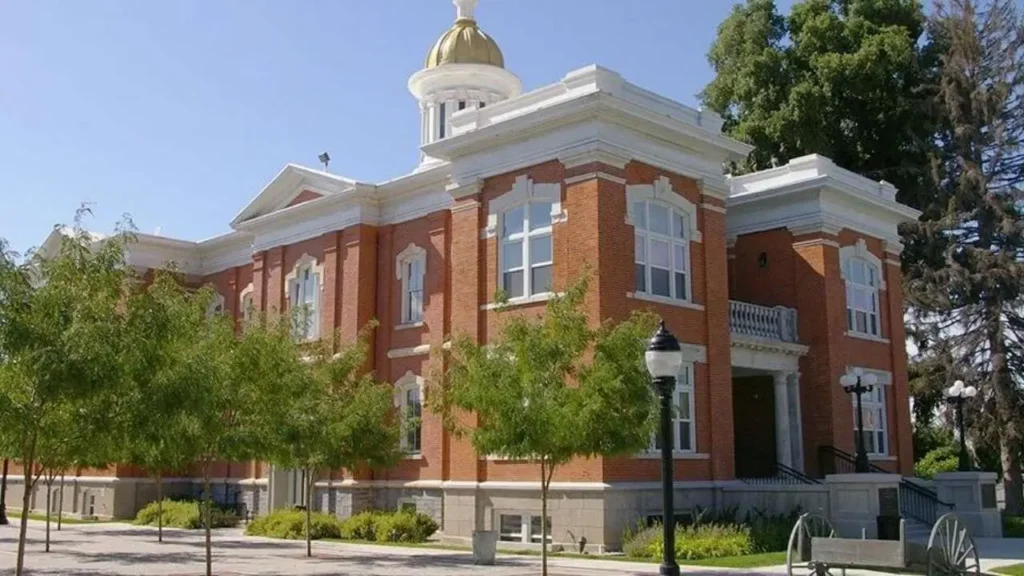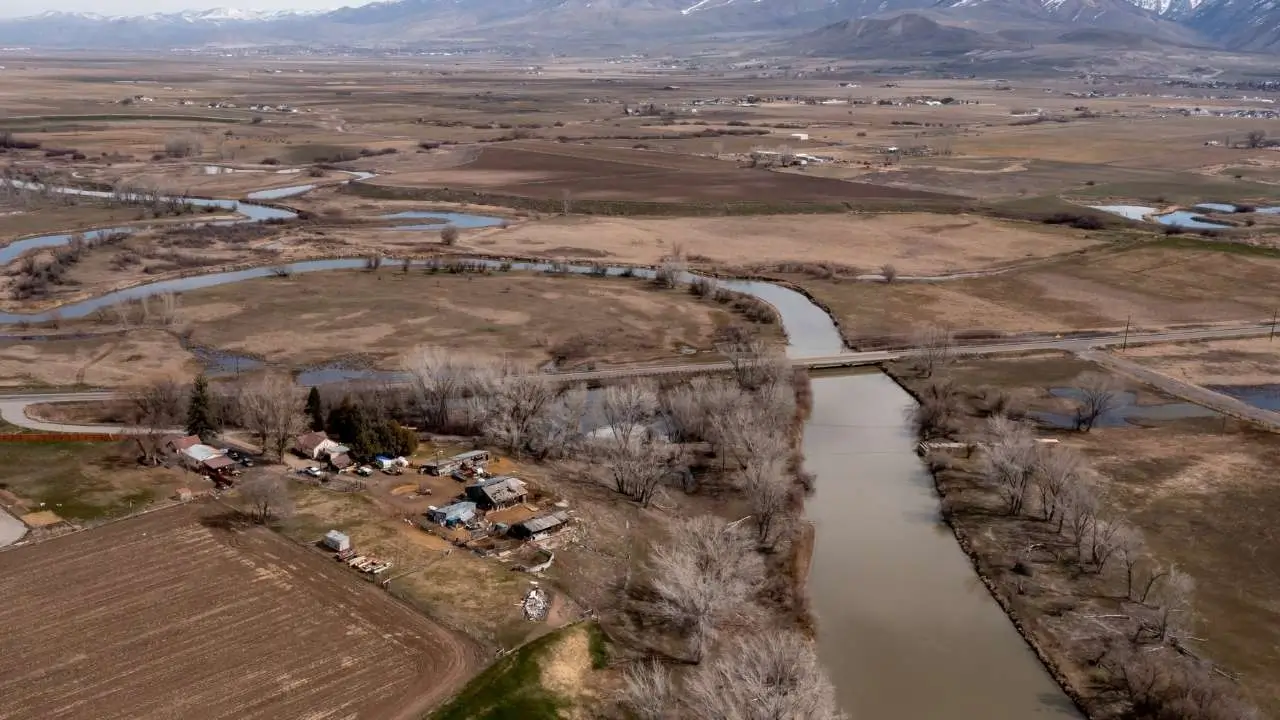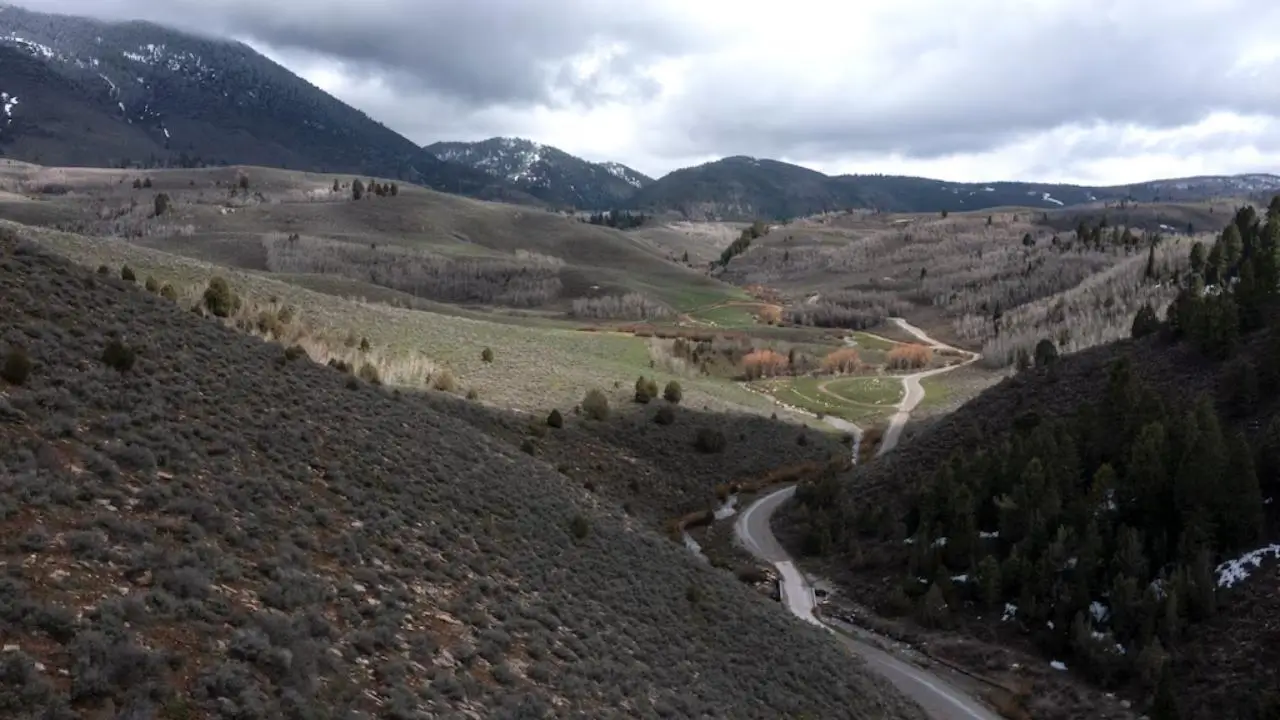Cache County, Utah, is facing a significant challenge: its population is growing, and the demand for housing is outstripping supply. To address this issue, the county has unveiled a bold plan to expand its housing stock, with over 5,000 new homes expected to be built by 2030. The expansion is not only aimed at addressing the housing shortage but also at ensuring that the growth is managed in a way that balances affordability, environmental sustainability, and the preservation of Cache County’s unique character. But what will this mean for the county’s residents?

Why is the Housing Expansion Needed?
Cache County is one of the fastest-growing regions in Utah, with a population expected to increase by more than 20% by 2030. The county’s proximity to Utah State University, a burgeoning job market, and a high quality of life have made it an attractive place to live for people of all ages. As more people move into the area, the demand for housing has intensified, creating a shortage of both rental and homeownership options.
This has driven up housing costs, making it increasingly difficult for lower- and middle-income residents to find affordable places to live. Local officials have recognized that without addressing this issue, the region could see increased economic disparity and a decrease in the overall quality of life for many of its residents.
“The demand for housing is outstripping supply, and we’re seeing more people than ever needing affordable options,” said Randy Oliver, Cache County’s Planning Director. “This expansion will ensure that people who work and live here can afford to stay here.”
Key Features of the Housing Expansion Plan
The housing expansion plan focuses on increasing the county’s housing inventory in a manner that is both sustainable and inclusive. The key features of the plan include:
- Affordable Housing Initiatives: The new housing units will be designed with a focus on affordability. Approximately 30% of the new homes will be set aside for low- to moderate-income families. This initiative aims to ensure that Cache County’s working-class residents—teachers, healthcare workers, service industry employees—can afford to live in the community without being priced out by rising rents or home prices.
- Environmental Sustainability: The housing developments will not only cater to the growing population but will also prioritize sustainable building practices. County officials have emphasized the importance of using energy-efficient designs and construction methods to reduce the environmental impact of new developments. In addition, the county aims to preserve the area’s natural beauty by limiting urban sprawl and maintaining green spaces around the new housing units.
- Infrastructure Investments: In order to accommodate the anticipated growth, significant investments will be made in the county’s infrastructure. This includes expanding roads, improving public transportation, and upgrading water and sewer systems. The goal is to ensure that the infrastructure keeps pace with the new housing developments and that residents have access to the services they need.
- Diverse Housing Options: The housing developments will offer a variety of housing types, including single-family homes, townhouses, and multi-unit apartment buildings. This diversity in housing types will cater to a range of household sizes and income levels, ensuring that all residents have access to suitable living spaces.
Challenges and Criticisms
While the housing expansion is seen as a necessary response to the region’s growth, it has not been without its critics. Some local residents have expressed concerns about the potential negative impacts of the plan, particularly regarding overcrowding and the loss of Cache County’s rural character.
“While I understand the need for more housing, I worry that these developments will change the feel of our small town,” said Jessica Hall, a longtime resident of Logan, Cache County’s largest city. “We don’t want to lose what makes this place so special.”
There is also concern about the strain that an influx of new residents could place on the county’s existing infrastructure. While the expansion plan includes upgrades to roads and utilities, some fear that these improvements won’t be enough to cope with the surge in population. This has led some residents to question whether the county will be able to maintain the quality of life that has made it an attractive place to live in the first place.
Environmental groups have also voiced concerns about the impact of new development on Cache County’s natural landscape. The county is known for its scenic views, open spaces, and wildlife habitats, and many fear that large-scale housing projects could result in the destruction of these valuable resources. Some argue that the county should focus on developing existing areas rather than expanding into undeveloped land.
Support for the Plan
Despite these concerns, many residents and officials believe the housing expansion plan is essential for the county’s future. The new homes are expected to bring economic benefits, including job creation, increased tax revenue, and the revitalization of underserved areas.
John Matthews, a recent college graduate who has struggled with high rental prices, sees the plan as a positive step. “Affordable housing is really needed,” he said. “It’s hard for young people like me to stay in the area without these new options.”
In addition, the housing expansion is expected to attract new businesses and industries to the region, providing more employment opportunities and further diversifying Cache County’s economy. Local officials believe that the new housing stock could also help alleviate pressure on rental markets and give people more affordable options, allowing them to stay in the community and continue contributing to its growth.
The Role of Developers and Builders
Developers and builders are playing a critical role in Cache County’s housing expansion plan. Local and regional developers are eager to take on the large-scale projects required to meet the housing demand. Some are focused on building mixed-use developments, which will combine residential, commercial, and recreational spaces to create vibrant, walkable communities.
However, developers also face challenges in navigating the county’s regulatory environment, which includes zoning laws, environmental regulations, and community input processes. Balancing the need for rapid growth with the desire to preserve Cache County’s character is a delicate task, and developers must work closely with local government officials and residents to ensure that new housing projects meet the community’s needs without overburdening the existing infrastructure.
Economic Impact and Future Prospects
The long-term economic impact of the housing expansion plan is still unclear, but experts predict that it will provide a significant boost to the local economy. New housing developments typically generate jobs in construction, retail, and service industries, which can help revitalize the county’s economy. As more people move into the area, there will also be increased demand for goods and services, benefiting local businesses.
The county’s tax base is also expected to grow as new homes are built and occupied, providing additional revenue for public services like schools, emergency services, and road maintenance. This revenue could help offset the costs of maintaining and improving the county’s infrastructure, making it more resilient to future population growth.
However, the county will need to continue monitoring the effects of the expansion and make adjustments as needed. Overcrowding, traffic congestion, and environmental concerns could become more significant issues if the growth is not carefully managed.
Affordable Housing in Cache County: Will High-Density Projects Change the Area’s Small-Town Charm?
Looking Ahead
Cache County’s housing expansion plan represents a significant step forward in addressing the region’s housing challenges. By increasing the availability of affordable housing, the county aims to ensure that residents can continue to live and work in the area without being priced out. However, the expansion also raises important questions about the long-term sustainability of rapid growth and the preservation of Cache County’s rural charm.
As the housing developments move forward, the county will need to strike a delicate balance between growth and preservation. Local residents will be watching closely to see how the plan unfolds, and whether it delivers the promised benefits without compromising the qualities that make Cache County a special place to live.
While the road ahead may not be without challenges, Cache County’s leaders remain committed to working with the community to ensure that the housing expansion plan serves the best interests of all residents. The ultimate success of the plan will depend on how well the county can manage the growth while preserving the values that make the region unique.

















